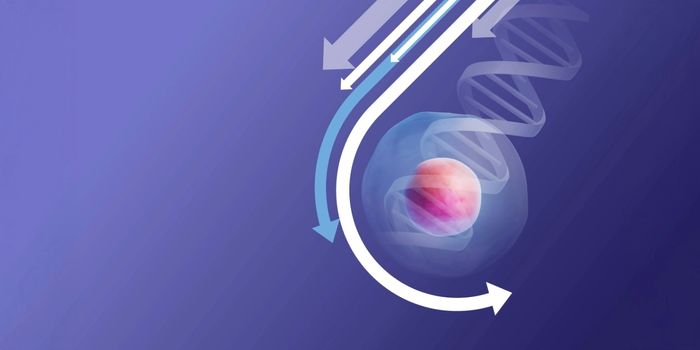Learning More About Changes in Cancer Cell Identity
The cells in our body all contain the complete genome, but cells in different tissues can have very different roles; cells in the heart are not like cells in the brain, for example. The role of cells depends on the genes that they express. There are multiple factors that can influence gene expression, including chemical modifiers that mark the genome, called epigenetic tags, or the epigenome.
When cancer develops, it has roots in genetic problems; there is genetic dysfunction impacting the way cells divide, grow, and function. Some cancers can occur because of inherited errors, and others might arise through the natural course of cell division; our bodies have to replace millions of cells with new ones every day and replicate the genome every time. Other times, cancer happens because of changes in epigenetics. Scientists have also discovered that cancer cells can change their identity, a process called transdifferentiation, and cells can take on new functions and characteristics, which is often caused by epigenetic alterations.
New research reported in the journal Leukemia has described how a leukemia type B cell can change into a different cell called a macrophage, and the epigenetic changes that accompany this shift in identity. This process can be seen in the video above, when a transcription factor initiates the transdifferentiation.
"We began with this work stating that if DNA methylation is the best known and validated epigenetic mark that confers its appearance to cells, such chemical modification could be directly involved in enabling tissue transdifferentiation. By using a cellular model of lymphoblastic leukemia B cells that we could transform into macrophages, we obtained a high-resolution epigenetic profile of each step of the transdifferentiation process," explained Dr. Manel Esteller, Director of the Josep Carreras Leukaemia Research Institute, ICREA researcher and professor of the University of Barcelona.
"This transdifferentiation example is interesting since it doesn't only change the cell type, but also its behavior. While a cancerous cell multiplicates fast, a highly differentiated cell doesn't proliferate at all. We saw that the epigenome of the leukemic cell changes when it transdifferentiates. Chemically, the cells disguise their epigenome to resemble a macrophage. The changes occur in thousands of sites of the genetic material, even between chromosomal regions far apart from each other, which approach to activate those genes that provide a distinct appearance to the cell," continued Esteller.
This work could help lead to new treatments for leukemia. "Applications of this discovery could be avoiding the emergent resistance to cancer treatments with drugs: if we blocked the epigenetic changes identified, leukemia cells could not select the transdifferentiation strategy to escape from the antitumor effect of the drug, and the therapy would be more effective," Esteller concluded.
Sources: AAAS/Eurekalert! via Josep Carreras Leukemia Research Institute, Leukemia









